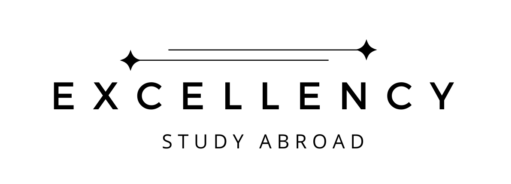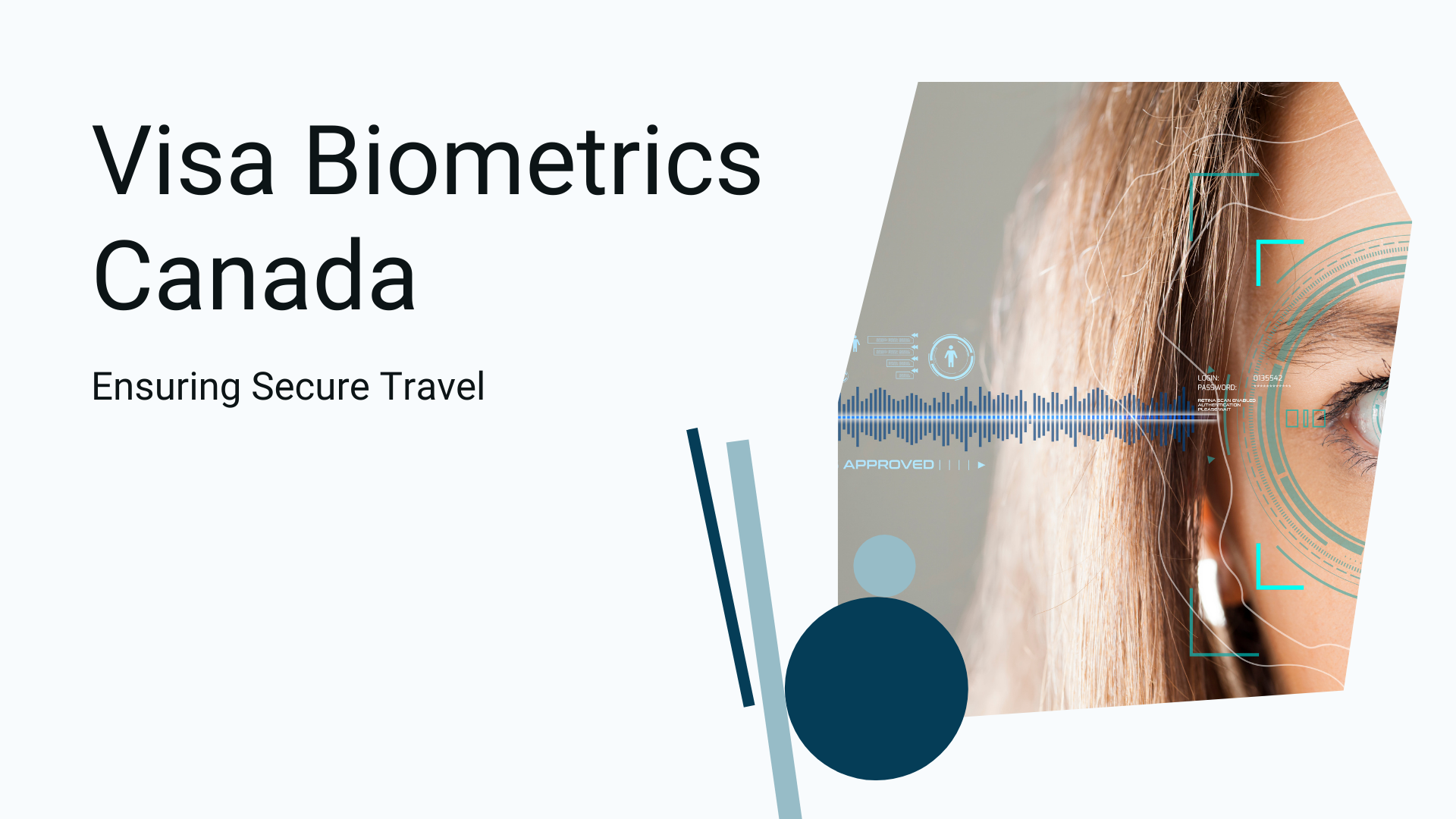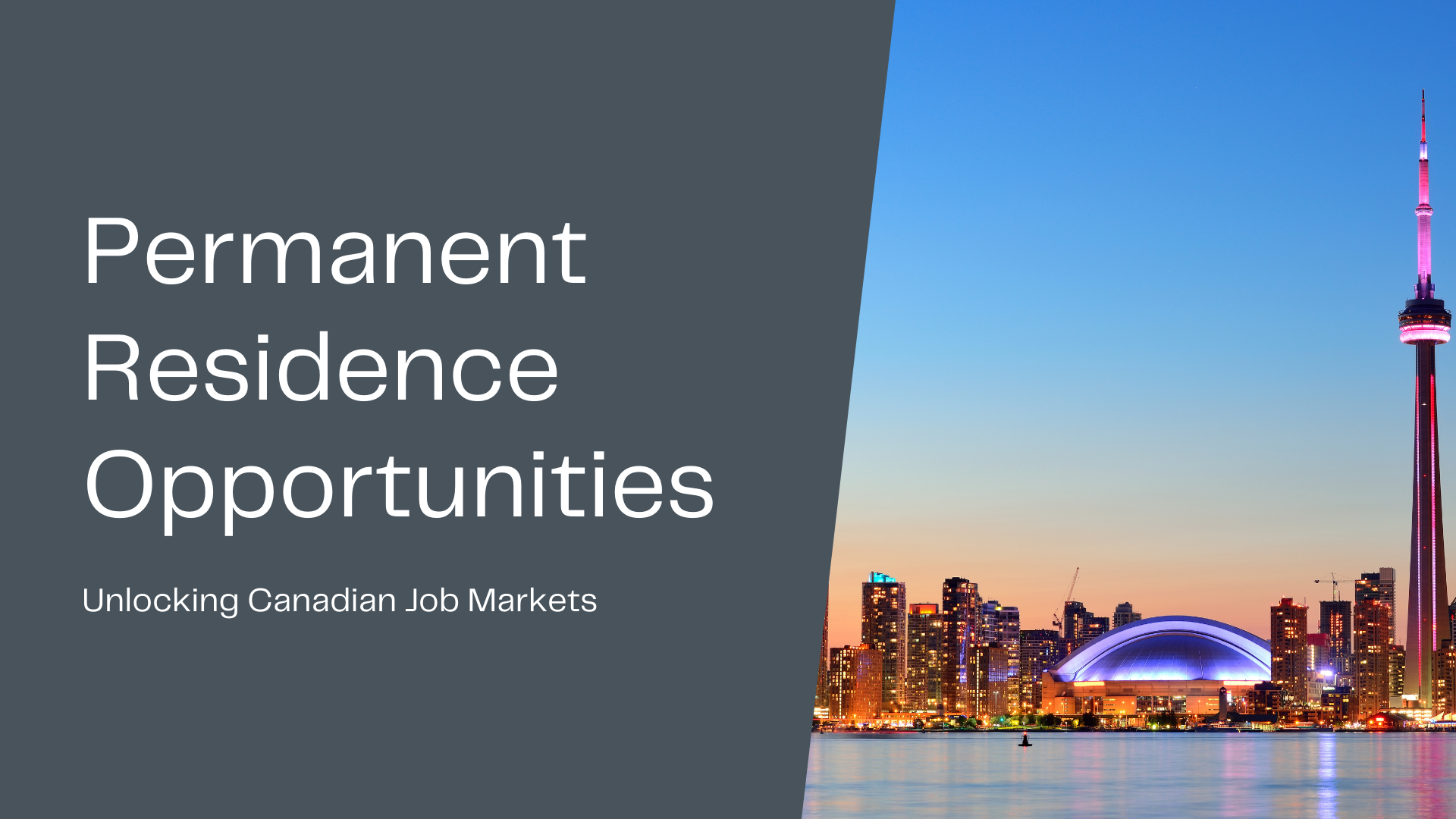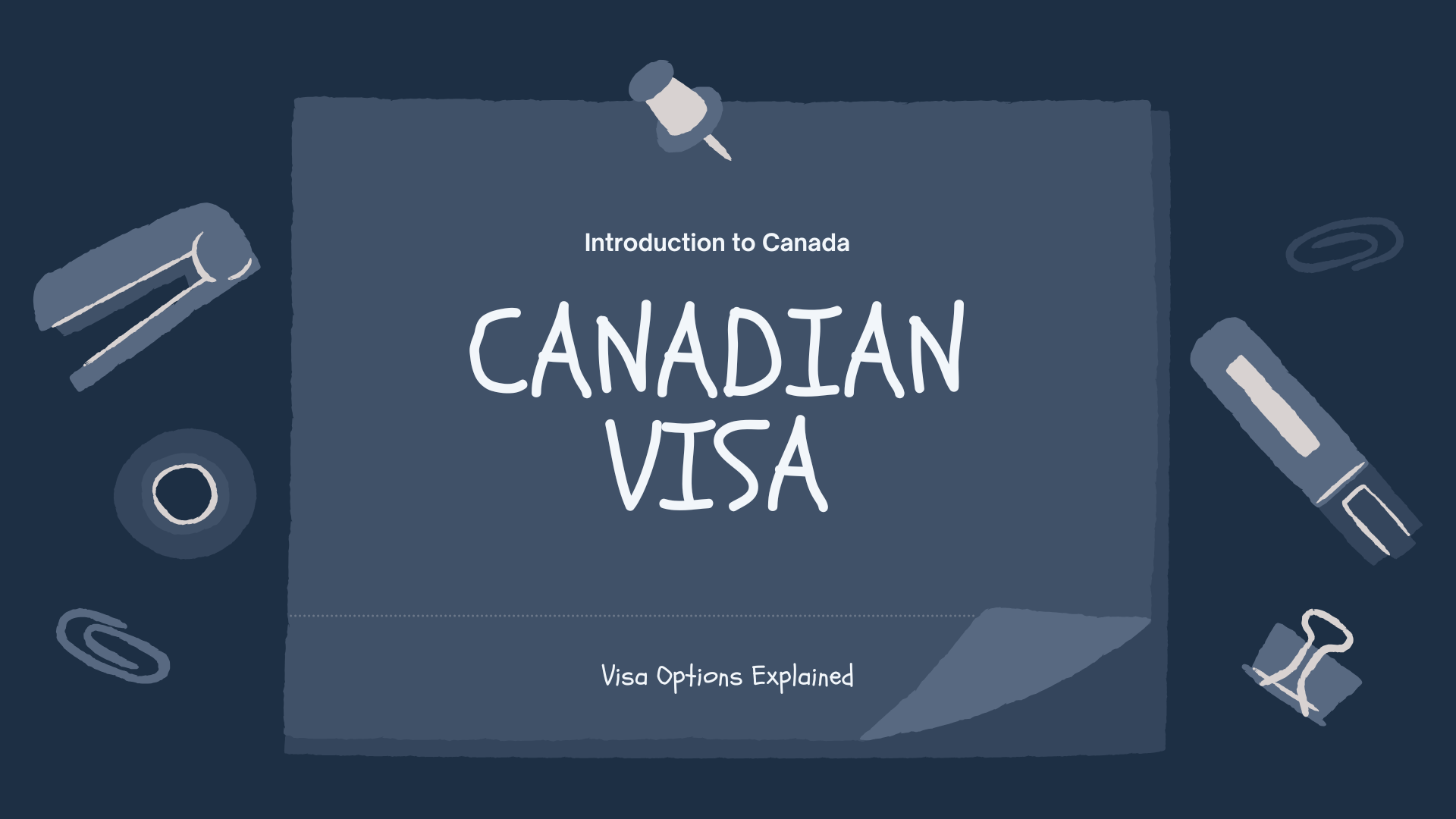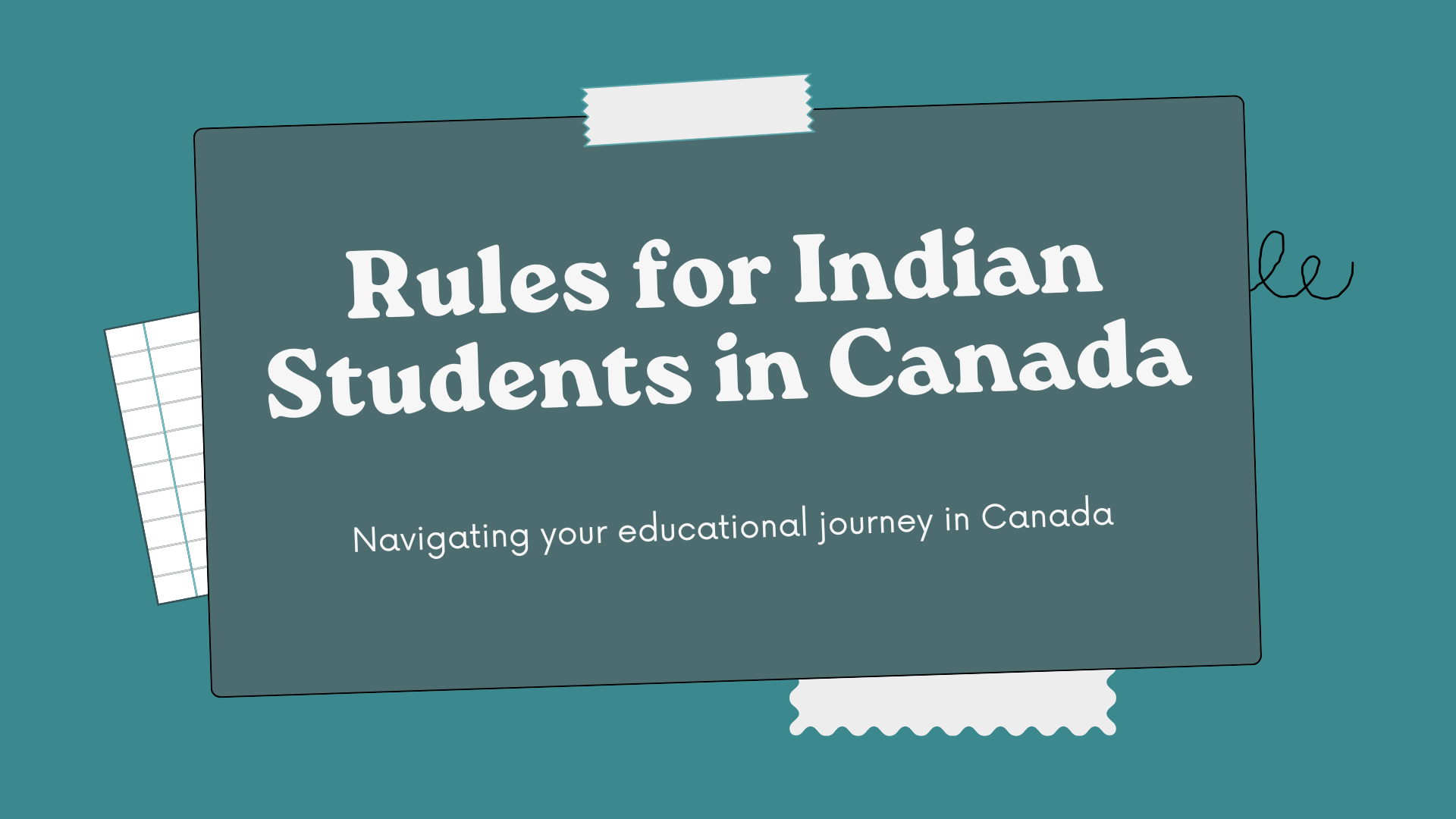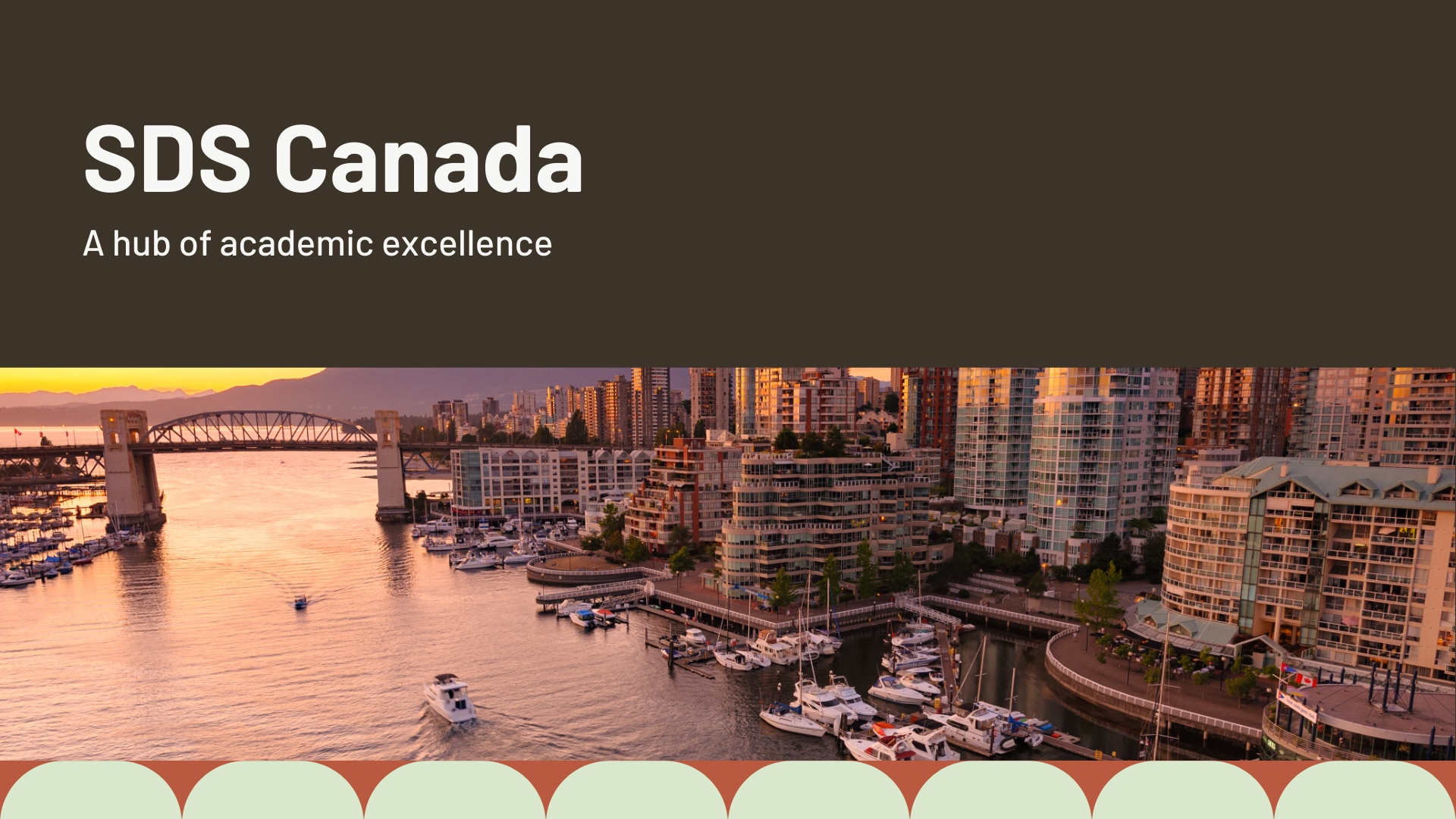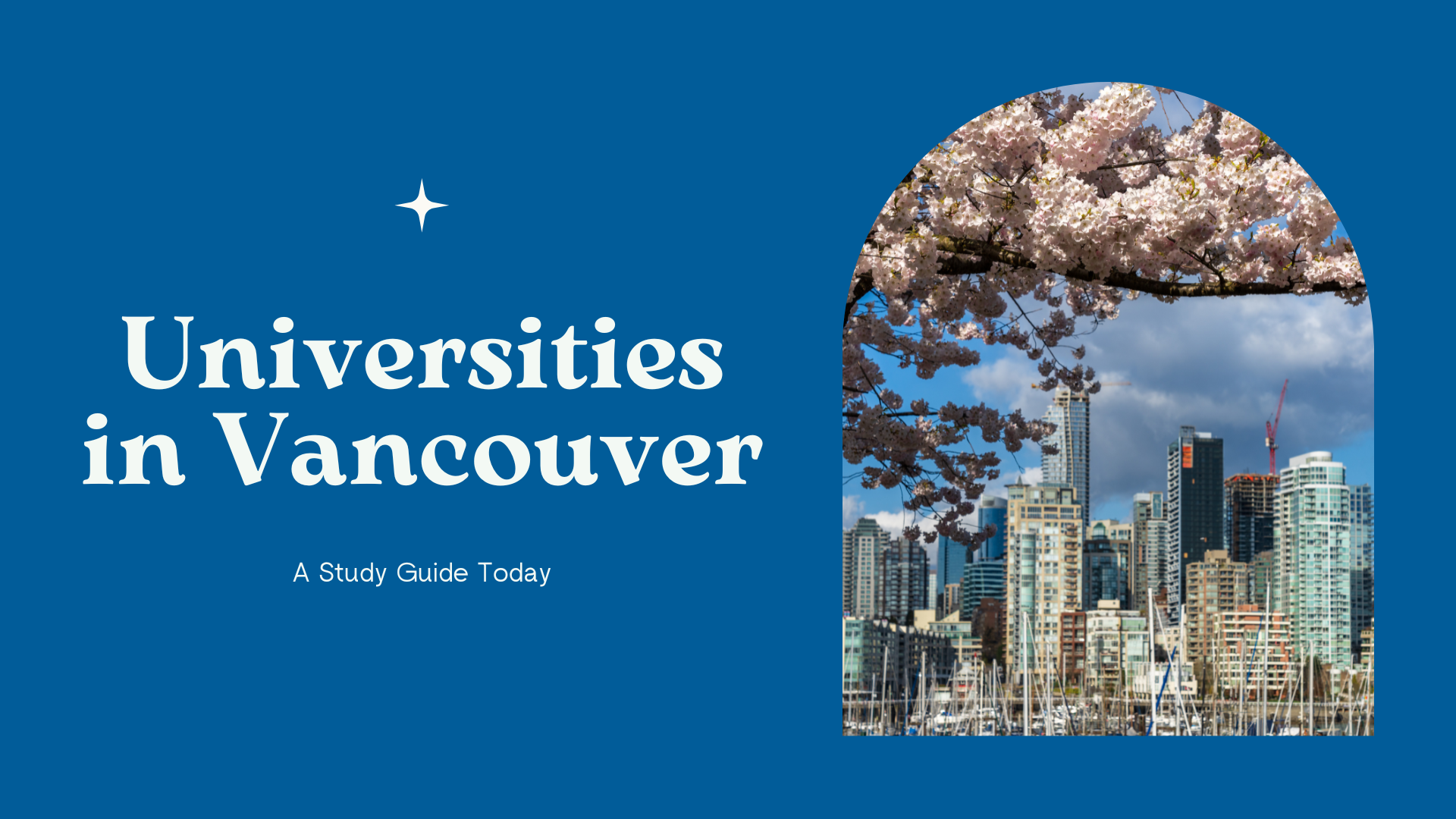One of the most exciting steps in the journey toward studying in Canada is applying for a Canada study visa. Once your application is submitted and the necessary documentation is provided, the next step often involves completing biometrics. After the biometric appointment, many applicants wonder: "How long after biometrics to get student visa Canada?" or "After biometrics, how long to get Canada study visa?" This blog will provide insight into the processing time, factors influencing it, and how you can track the progress of your application.
What Are Biometrics for Canada Study Visa?
Before diving into the processing time, it's important to understand what biometrics are. Biometrics refers to the collection of your fingerprints and photograph, which are used by the Canadian government for identification purposes. Biometrics are part of the standard application process for most visa applicants, including those applying for a study permit.
Biometrics is usually required for applicants from countries whose nationals need to provide biometric data to enter Canada. This data helps to verify your identity and assess whether you pose a security risk. In the context of a Canada study visa application, biometrics are used to ensure that applicants are properly documented and verified.
The Biometrics Process
Here’s how the biometrics process works:
- Submit your application: First, you apply for your Canada study visa online or at a Visa Application Center (VAC). If biometrics is required, you’ll receive a letter from the Canadian government instructing you to complete the biometrics process.
- Pay the biometrics fee: The biometric fee is typically CAD 85 per person, which must be paid when you submit your application or when you receive the biometric instructions.
- Schedule your appointment: Once you have the biometrics instructions, you will schedule an appointment at a designated Visa Application Center (VAC) near you. Biometrics appointments are available at VACs worldwide, and the Canadian government provides a list of VAC locations where you can complete your biometrics.
- Attend the appointment: On the scheduled date, you will visit the VAC to provide your fingerprints and photograph. The process is quick and typically takes about 15-20 minutes.
- Completion: After your biometrics are taken, the VAC sends your biometric data to the Canadian authorities, who will then link it to your application for further processing.
How Long After Biometrics to Get Student Visa Canada?
Now, the most common question applicants ask: "How long after biometrics to get a student visa Canada?" The short answer depends on several factors, but typically, the processing time for a Canada study visa can range from a few weeks to a few months.
On average, the Canada study visa processing time after biometrics is around 8 to 10 weeks, but it can vary. Let’s break down some of the key factors that influence this timeline:
1. Type of Application
The processing time for a Canada study visa can depend on whether you applied online or in person (at a Visa Application Center). Online applications tend to be processed faster compared to paper-based applications. If you applied online, your biometrics might be processed more efficiently, leading to a faster decision.
2. Visa Application Center (VAC) Location
The location of the VAC where you submit your biometrics can influence processing times. In countries with high visa demand, such as India or China, there could be delays due to the high volume of applicants. Processing times can vary depending on the specific VAC’s workload and efficiency.
3. Completeness of Your Application
If your application is complete and all necessary documents are provided at the time of submission, the process is likely to move more quickly. If there are any missing documents or discrepancies in your application, the processing time may increase as the authorities may request additional information or clarification.
4. Medical Exams and Police Certificates
In some cases, applicants may be asked to provide medical examinations or police certificates as part of their application. This can add time to the overall processing time, depending on how quickly you can fulfill these additional requirements. If you’ve already completed these requirements before biometrics, it can speed up the processing time.
5. Seasonal Fluctuations
Visa processing times can vary depending on the time of year. During peak seasons, such as before major intake months (September and January), processing times may be longer due to a higher number of applications. It’s always a good idea to apply well in advance to avoid delays.
6. Biometric Data Processing
Once biometrics have been submitted, it can take some time for the Canadian authorities to process the data. Typically, the data is processed quickly, but if there are any issues with your biometric data (such as poor quality fingerprints), the processing may be delayed while corrections are made.
7. Background Check and Security Screening
Every applicant undergoes background checks as part of the study permit process. This includes checking criminal records, immigration history, and other security measures. If there are no issues, this process typically takes a few weeks. However, if there are concerns or flags raised during the background check, it could delay the approval of your study permit.
8. Decision Notification
Once your biometrics data has been processed and your application reviewed, you will be notified of the decision. If approved, your study permit will be issued, and you will receive instructions on how to collect your visa or study permit. If your application is refused, you will receive an explanation of why, and you may be given the option to appeal the decision or reapply.
How to Track Your Canada Study Visa Application
After your biometrics are submitted, you can track the status of your application online using the IRCC account. Here’s how:
- Sign in to your account: You can check the status of your visa application online through your IRCC account (Immigration, Refugees, and Citizenship Canada).
- Check application updates: Your application status will be updated periodically, including when your biometrics have been processed and when a decision has been made.
- Email notifications: The Canadian immigration authorities will send you email notifications regarding the status of your application, including when they require additional documents or when a decision has been made.
Tips to Speed Up the Process
While you can't directly control the processing time, there are a few things you can do to avoid unnecessary delays:
- Ensure a complete application: Double-check that all required documents are submitted with your application to avoid delays caused by missing paperwork.
- Apply early: Given the unpredictable nature of visa processing times, it’s always best to apply well in advance of your intended study start date.
- Prepare for biometrics in advance: As soon as you receive your biometric request, schedule your appointment at a VAC. This will prevent unnecessary delays.
- Stay updated: Keep track of your application’s status through your IRCC account and make sure to respond promptly to any requests for additional information.
Conclusion
After completing biometrics for your Canada study visa, the next step is to wait for the processing of your application. On average, it can take anywhere from 8 to 10 weeks after biometrics for a decision on your study permit. However, the actual processing time can vary depending on several factors, including the type of application, location, completeness of documents, and other individual circumstances.
By submitting a complete application, scheduling your biometrics appointment promptly, and staying informed about your application status, you can help ensure a smoother and more efficient process. Always apply as early as possible to allow sufficient time for processing and avoid any last-minute issues.
Good luck with your application, and soon you’ll be one step closer to starting your studies in Canada!

